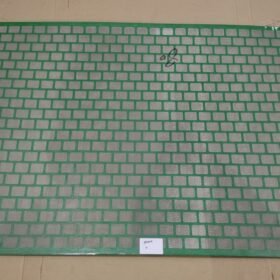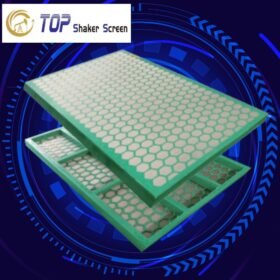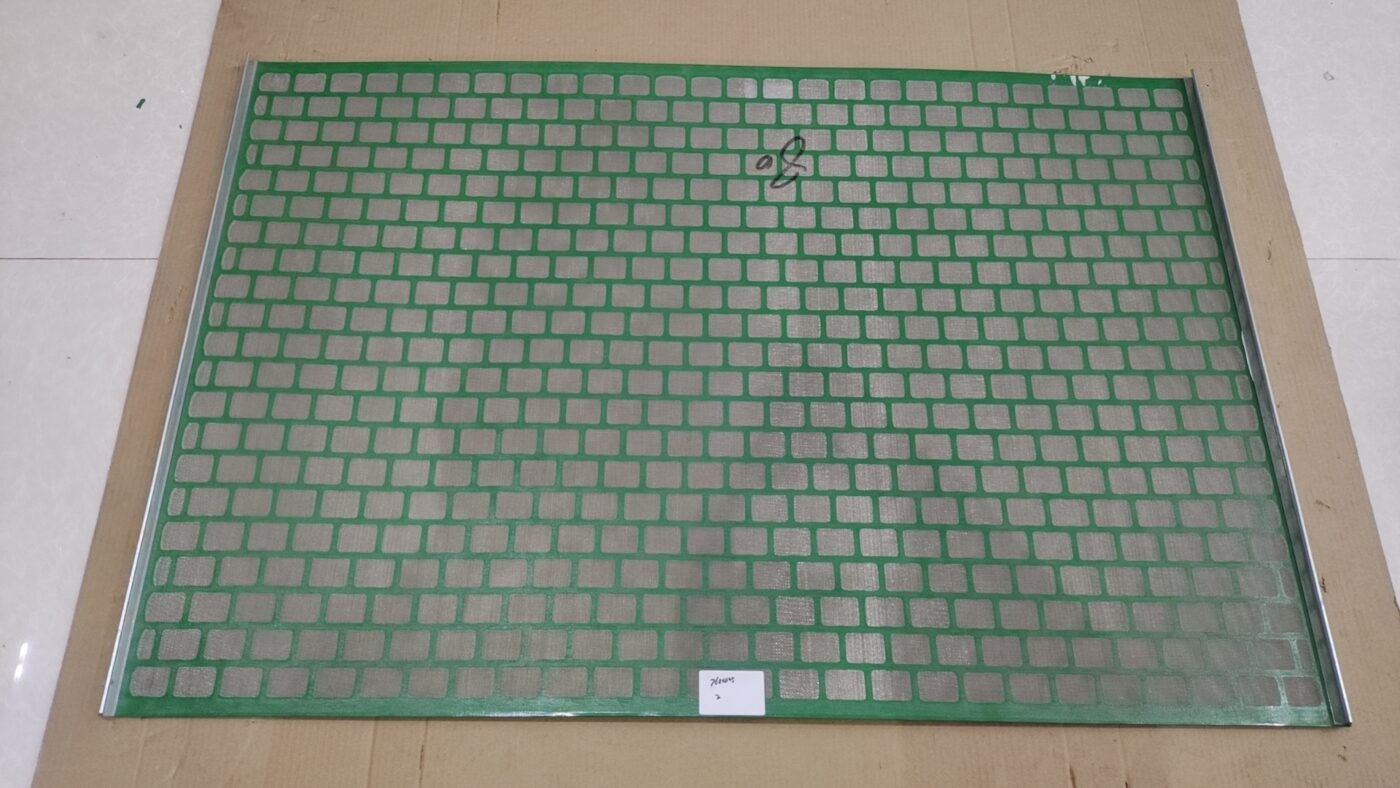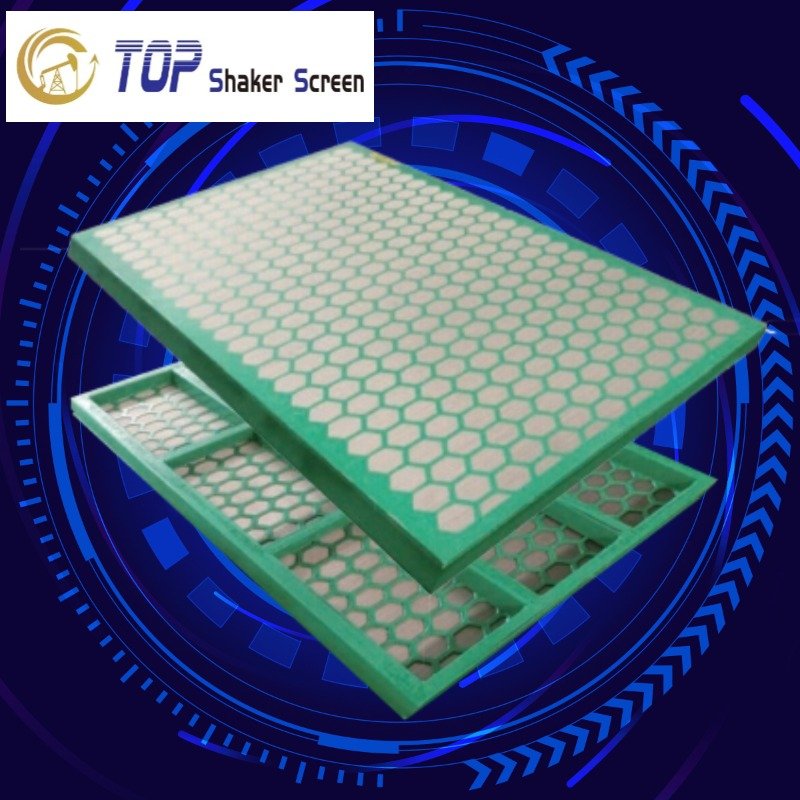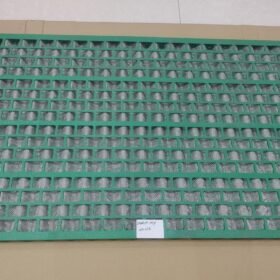
Efficient operation of shale shakers is crucial for effective solids control in oil drilling. Addressing common issues promptly can enhance performance and extend equipment lifespan.
1. Reduced Separation Efficiency
Cause: Screen wear and tear.
Solution: Regularly inspect and replace shaker screens. Opt for high-quality screens, such as top shaker screens, to improve separation efficiency.
2. Low Mud Recovery Rate
Cause: Improper screen installation or damage.
Solution: Ensure correct installation and conduct regular inspections for damage. Replace damaged screens promptly to maintain optimal mud recovery.
Cause: Using screens with inappropriate mesh size or inadequate vibration motor capacity.
Solution: Select screens with suitable mesh sizes based on drilling material. Upgrade to a higher-capacity vibration motor to reduce processing time.
4. Excessive Noise
Cause: Worn-out or low-quality vibration motor.
Solution: Replace the vibration motor with a high-quality, appropriately rated one to minimize noise levels.
5. Screen Plugging
Cause: High viscosity of drilling fluids or presence of sticky hydrated shales.
Solution: Adjust drilling fluid viscosity or use chemical additives to reduce viscosity. Implement measures to prevent shale hydration, such as adjusting mud chemistry or using oil-based mud.
6. Overheating
Cause: Excessive mud temperature.
Solution: Maintain mud temperature below 40°C. In hot weather, consider installing awnings above shale shakers to provide shade and reduce temperature.
Conclusion: Regular maintenance, proper installation, and timely replacement of components are essential for optimal shale shaker performance. By addressing these common issues, drilling operations can achieve better solids control, enhance efficiency, and prolong equipment lifespan.

